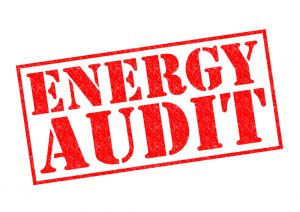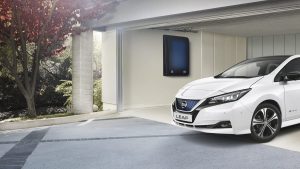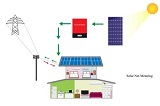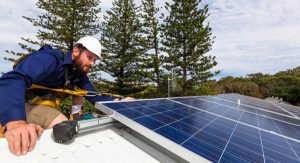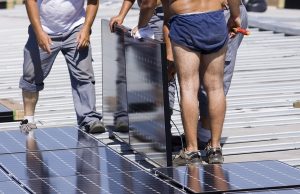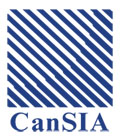It just makes sense that a solar panel pointed directly at the sun is going to make more power than one that is not facing it. Unfortunately, a solar panel on a roof-mounted array or other fixed rack is generally not going to be perpendicular to the sun’s rays. As the Earth rotates and the sun moves across the sky, a fixed panel will produce more or less power depending on the time of the day and the season. However, by mounting panels on a rack that rotates to track the sun’s movement, solar panels can produce significantly more power than when they are set in a fixed position. These moving racks are known in the solar business as “trackers, ” and they can increase overall production between 25% and 40%.
Types of Trackers
Trackers break down into several categories. These include single or dual-axis and passive or active. When we refer to the “axis,” we are talking about the path that the sun travels across the sky from East to West (the azimuth angle) and the height of the sun in the sky (the altitude angle) during the year. The path the sun travels is higher in the sky in the summer and lower in the winter. For example, in January in Toronto, the sun reaches an altitude of only about 26º at noon, as opposed to July when it reaches nearly 68º.
Single-Axis Tracker: A single-axis tracker follows the sun’s azimuth throughout the day. The tracker points the solar array to the east in the morning and follows the sun across the sky to sunset in the west, at which time it returns to its east-facing default position to await the next sunrise. The single-axis tracker will not adjust to compensate for the altitude, but the can be manually adjusted through the year.
Dual Axis Tracker: A dual axis tracker follows the azimuth AND the altitude of the sun. Without manual adjustment, it will tilt the array to face the higher sun angle in the summer and lower sun angle in the winter. A dual-axis tracker will yield the highest production per nameplate capacity of any racking system. However, they use the most power, because the need two motors to operate.
Passive Tracker: Passive trackers use no electric motors to move. The mechanics are quite ingenious. Passive trackers use tubes filled with freon to tilt the rack from east to west. Heat from the sun vaporizes liquid Freon. As the gas expands, it forces the freon through tubes on the other side of the tracker, and the change in weight causes the rack to move.
Active Tracker: Most active trackers use motors controlled by an optical sensor to determine the sun’s position. The motors make tiny adjustments throughout the day, keeping the array perpendicular to the sun’s rays.
Each system has advantages and disadvantages. Active trackers are susceptible to damage to the motor and controls from extreme weather or lightning. They have a lot of moving parts (motor, shafts, gears, etc.), so regular service and maintenance is highly recommended. The advantage to passive trackers is that they do not depend on electric motors or controls to function. However, because they depend on the heat from the sun to operate, they are not great for extremely cold climates or in hazy conditions.
The Economics of Trackers
Trackers were considered a great investment when panel prices and Feed-in-Tariffs were still high. When microFIT and FIT programs were first introduced in Ontario, cost to install solar panels on the roof or ground was in the $60’000 – $70’000 range for a fixed 10kW system. It made a lot of sense for people to pay extra money to install trackers and generate 25-40% more in electricity and income. As panel prices dropped and the rates went down, tracking became less attractive, because it was cheaper to simply buy more cheap panels to compensate for the lower efficiency of a fixed rack. There are still many situations where trackers make a lot of sense, particularly where space is a concern. If there isn’t enough room to put in a larger array, a tracker may give you the extra 40% that you need to meet the demands of a project. Please note though: under the current microFIT rules in Ontario ground-mount systems are no longer permitted on the lands zoned residential. Give us a call to find out more or simply fill out a form to request free quotes for your solar panels installation!


